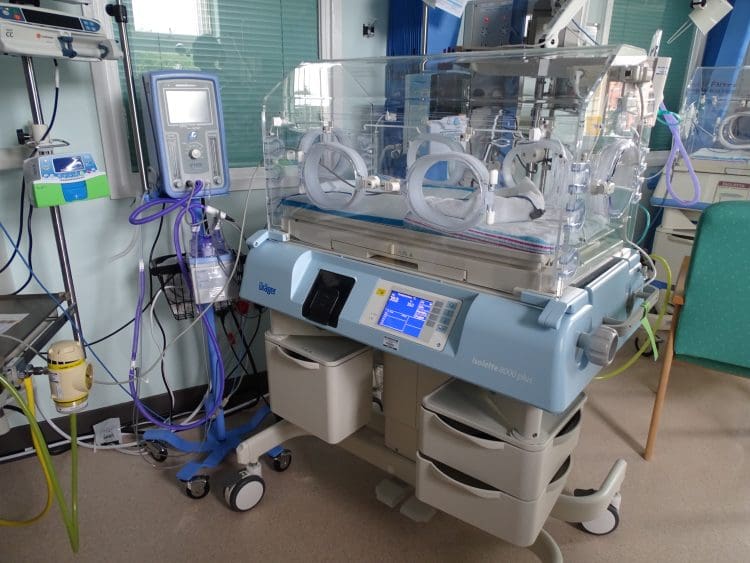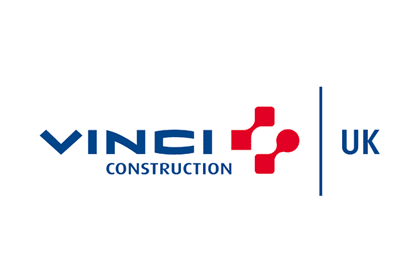The Children’s Accident and Emergency Department at Calderdale Royal Hospital sees around 16,000 children a year who are sick or injured and need emergency care. Visiting A&E may be scary and confusing for children, but having a calming and welcoming area to wait in can help to alleviate worries and stress. The team at Royal Calderdale want to upgrade their existing waiting room to a bright, spacious area with sensory wall panels and an LED projector to create soothing lighting effects. The equipment should last at least 15 years, benefiting many thousands of children visiting the A&E unit each year.
Donate now
More Projects
Royal Preston Hospital – Virtual Reality headset
The children’s unit at Royal Preston Hospital have asked if we can help fund a Virtual Reality (VR) headset to be used across the ward and the paediatric assessment unit (day cases). A VR headset is a head-worn apparatus that completely covers the eyes for an immersive 3D experience. For example, you might experience swimming […]
Find out more →Ashgate Specialist Support Primary School – Acheeva Beds
We are providing a new Acheeva Bed for Ashgate Specialist Support Primary School, which caters for pupils with a wide range of special educational needs from the Wythenshawe and South Manchester areas. A small number of these pupils have highly complex learning, medical and physical needs. Some of these students have had extended periods of […]
Find out more →Ipswich Hospital children’s unit – sensory lighting equipment
We are funding a projector and rotating wheels to create immersive sensory lighting and colour effects in the children’s unit at Ipswich Hospital.
Find out more →“This new incubator has the addition of scales to weigh the baby with the minimum of disruption. It also has integral oxygen, which minimises kit and clutter around the incubator space. We will be able to control the temperature, humidity and oxygen to suit the baby’s individual requirements.”
Julie Armstrong
Lead Nurse, Neo Natal Unit
Wigan Infirmary











